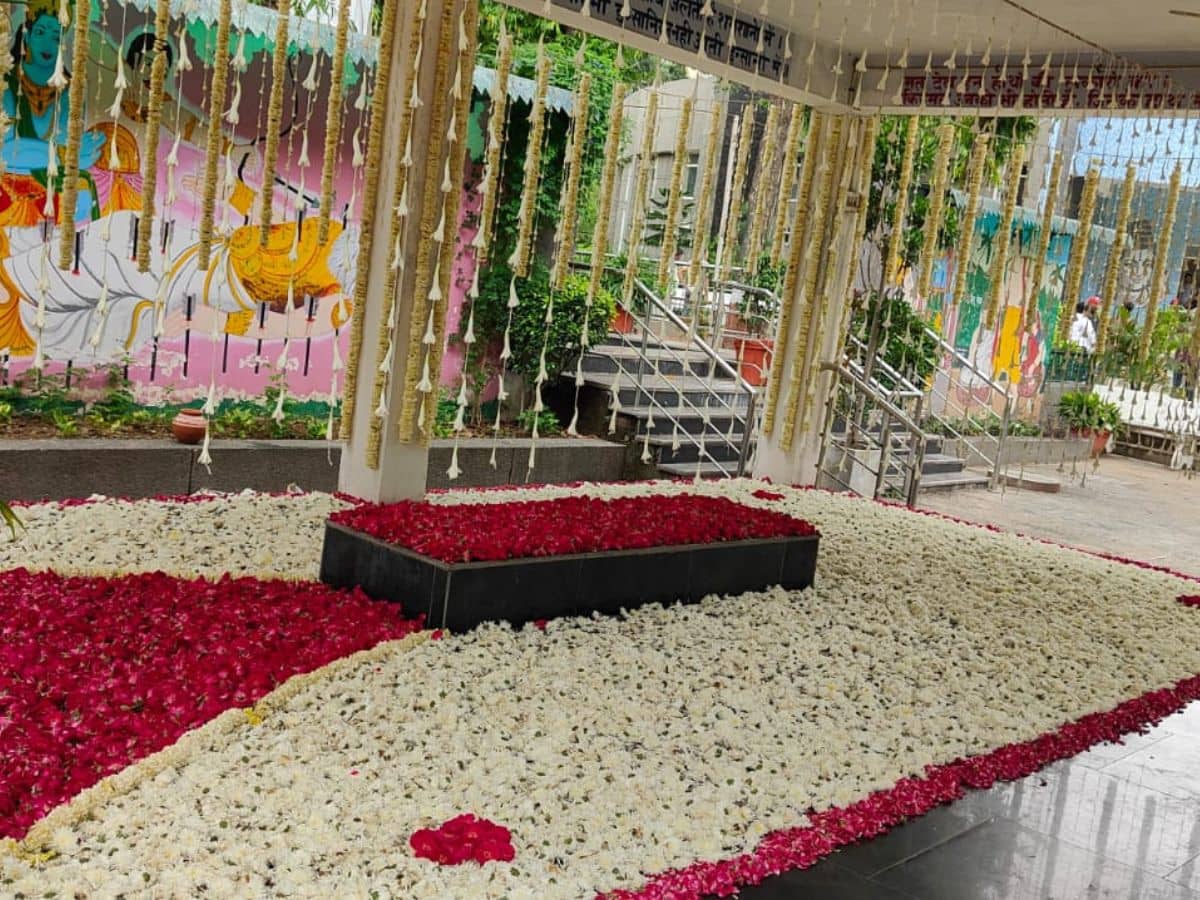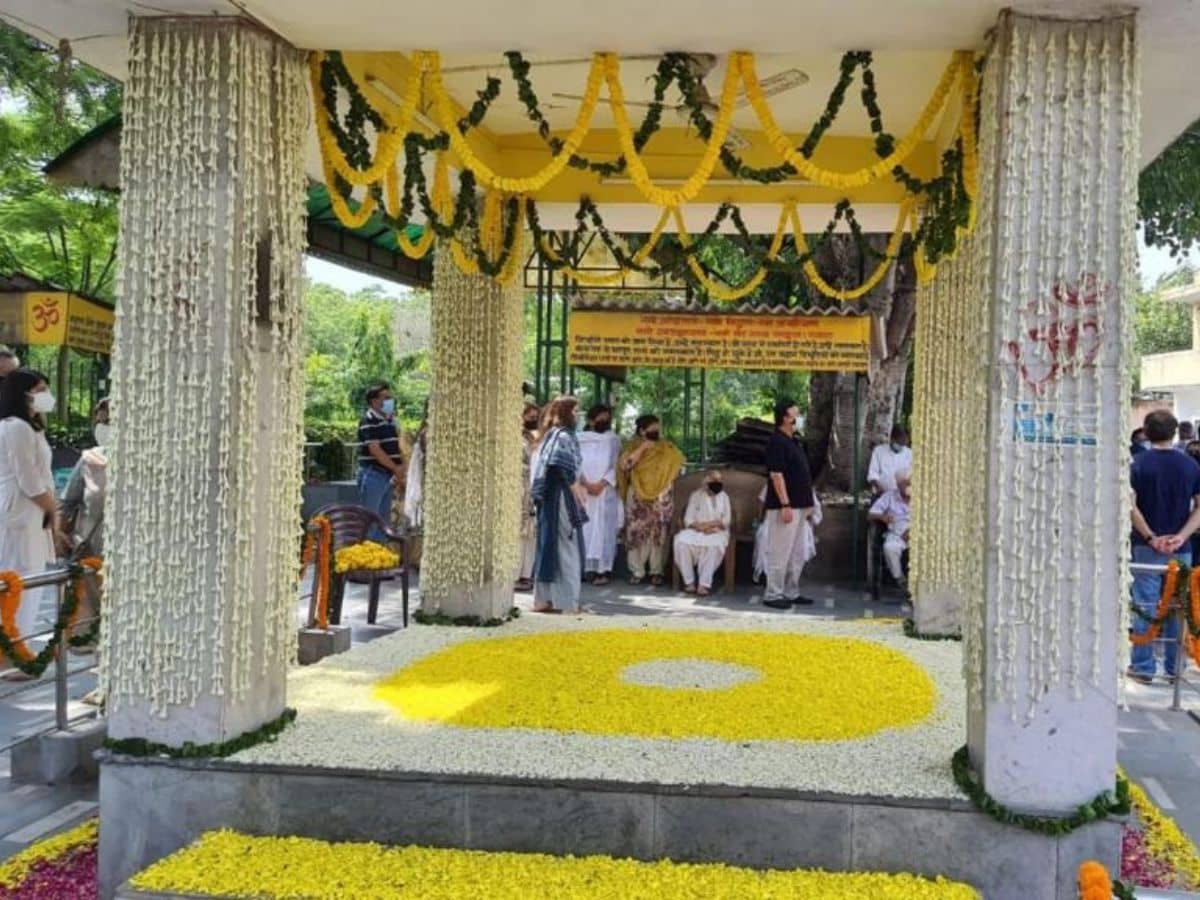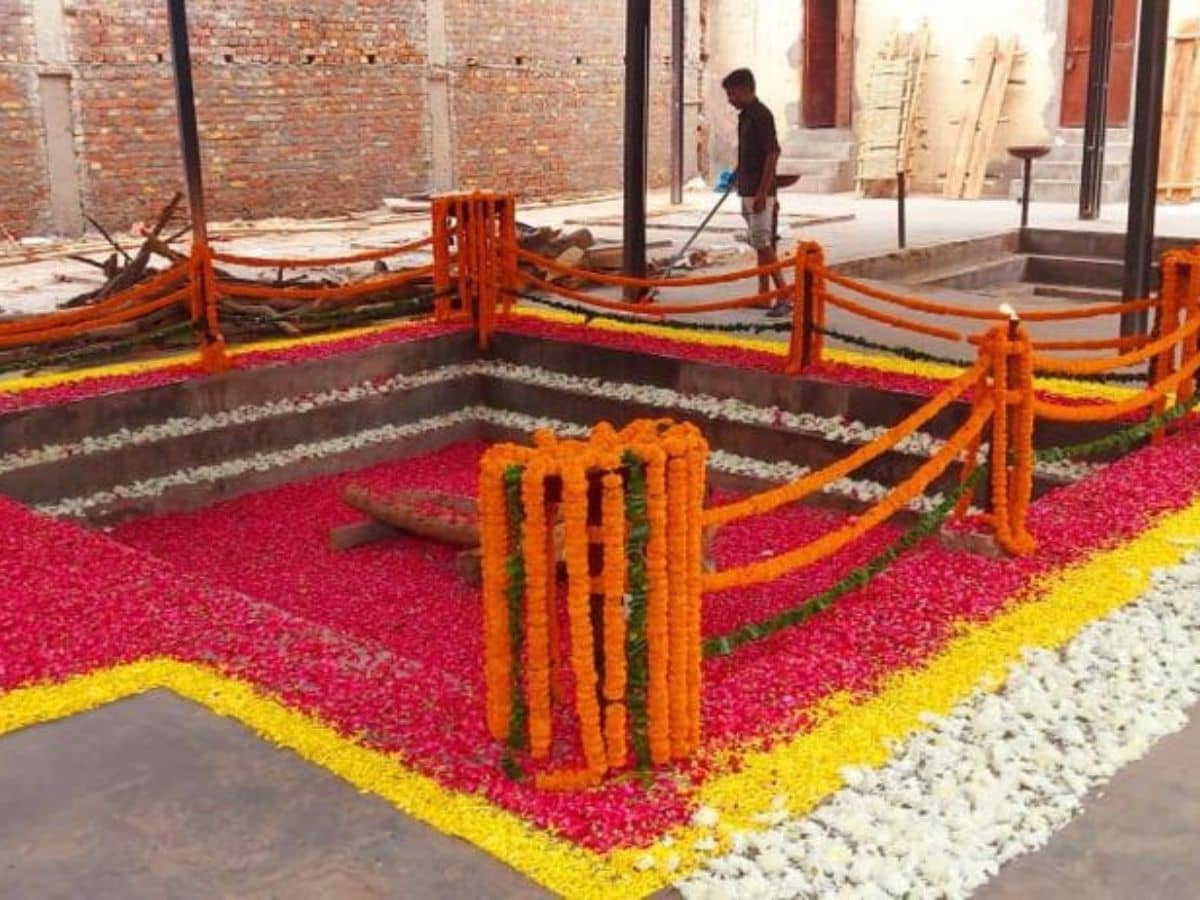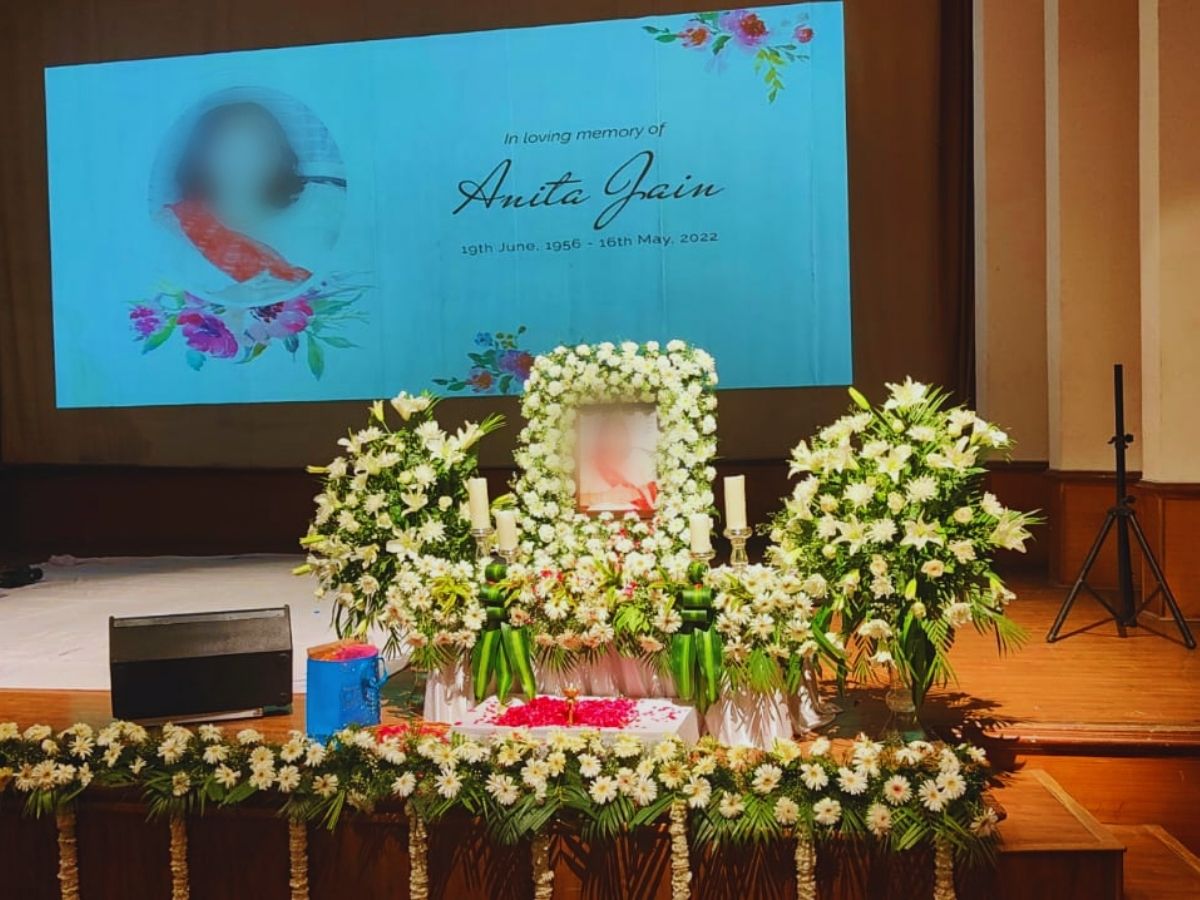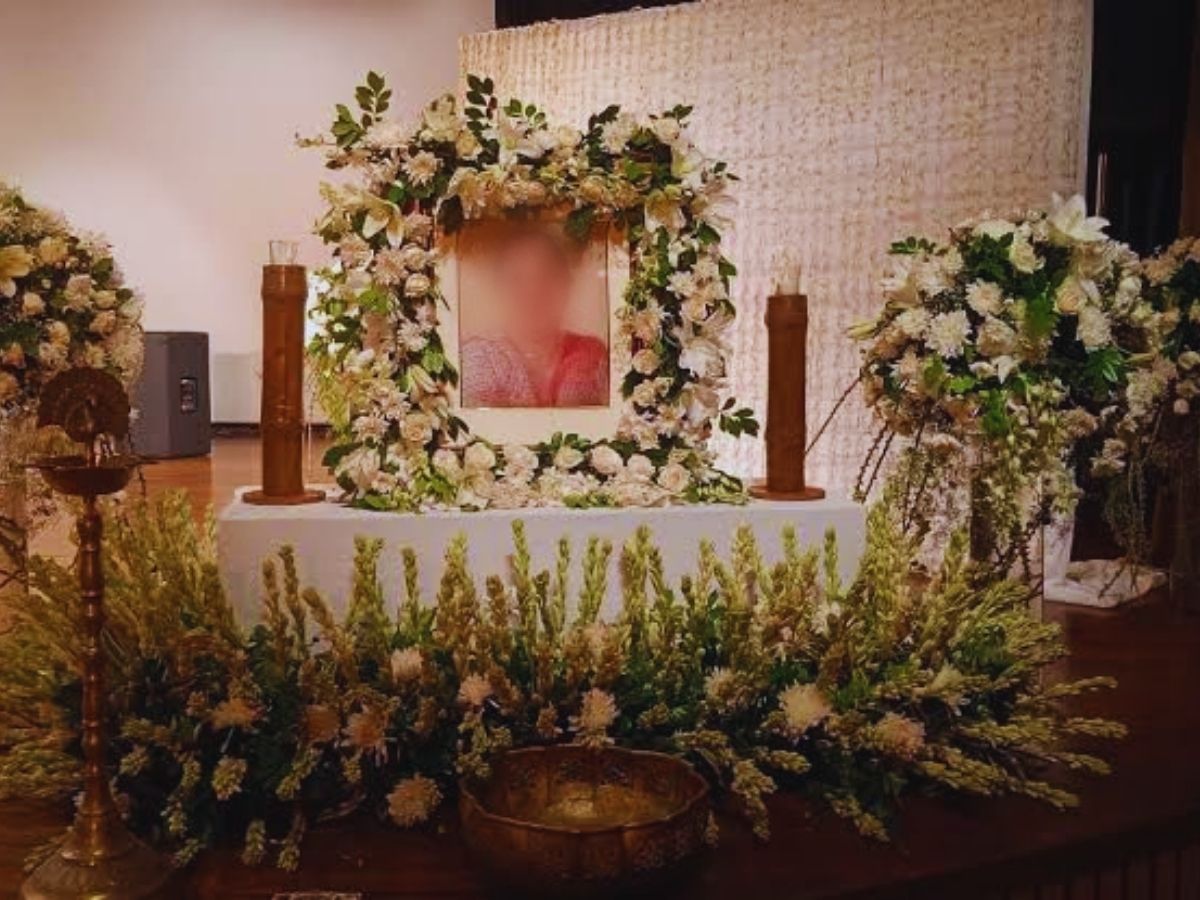We're here to offer constant support. Whether you need immediate assistance after the passing of a loved one or want to explore pre-planning for a funeral, you can contact us anytime.
Within Hinduism there are a number of sects, subsects, and regional variations with differing beliefs.
Generally, Hindus believe that life and death are part of the concept of samsara, or rebirth. The ultimate goal for many Hindus is to become free from desire, thereby escaping samsara and attaining moksha, the transcendent state of salvation. Once moksha is attained, the soul will be absorbed into Brahman, the divine force and ultimate reality.
When a Hindu is approaching death, a priest should be contacted and the priest and the family should gather to be with the dying person. Those present should chant bhajans or play a recording of bhajans being chanted. When death seems imminent, the body should, if possible, be transferred to a mat on the floor. A small amount of water from the Ganges River should be placed in the dying person’s mouth. If this is not possible before death, then these actions should take place immediately following the death.
As soon as death occurs, those gathered will avoid unnecessary touching of the body, as it is seen as impure.
Preparations for the funeral begin immediately. The funeral should take place as soon as possible—traditionally, by the next dusk or dawn, whichever occurs first. The Noble Sparrows team should be contacted at the earliest and we will guide you through the process and manage all cremation activity with empathy.
Organ donation is acceptable for Hindus, as there are no Hindu laws prohibiting organ or tissue donation. Noble Sparrows Team can help you with this. Please inform the service manager and rest will be taken care of without any hassle.
Embalming is acceptable in Hinduism but not a necessity
Traditionally, the body is bathed by family members and close friends. At Noble Sparrows, we recognize the importance of bathing the deceased and we come equipped to provide a dignified last bath as per rituals & will allow the family to witness the loved one being prepared for the last journey.
For the ritual bathing, the deceased’s head should be facing southward. A lighted oil lamp, as well as a picture of the deceased’s favourite deity, should be kept by the deceased’s head. Traditionally, for the “abhisegam” (holy bath), the body is bathed in a mixture of milk, yogurt, ghee (clarified butter), and honey. The body may also be bathed in purified water. While the body is being bathed, those doing it should recite bhajans or play recorded audio of bhajans. Once the body is sufficiently cleaned, the big toes should be tied together, the hands should be placed palm-to-palm in a position of prayer, and the body should be shrouded in a plain white sheet. If the person who died was a married woman who died before her husband, she should be dressed in red.
Hindus generally hold a brief viewing before cremation. The body should be displayed in Arthi. “Vibuti” (ash) or “chandanam” (sandalwood) should be applied to the forehead of a man, and turmeric should be applied to the forehead of a woman. A garland of flowers should be placed around the neck, and holy basil should be placed on the Arthi. During the viewing, family and friends gather around the Arthi and may recite hymns or mantras. At the end of the viewing, before the body is removed for cremation, many Hindus place “pinda” (rice balls) near the Arthi. This can be done at the cremation ground by the incharge pandit at the cremation ground.
At the end of the viewing, the Arthi is removed feet-first and brought to the place of cremation.
Traditionally, all Hindus—except babies, children, and saints—are cremated.
Traditionally, the Arthi is carried on a stretcher and walked to the cremation site, though it is acceptable to transport the body in a vehicle. If a vehicle, such as a Funeral Van, is used for transportation, the eldest male relative (known as “karta”) and another male family elder should accompany the Arthi. The Noble Sparrows team will bring the Arthi along with the Funeral Van.
The family builds a pyre and places the body on the pyre. The karta will circle the body three times, walking counter-clockwise so that the body stays on his left, and sprinkling holy water on the pyre. Then the karta will set the pyre on fire and those gathered will stay until the body is entirely burned. For Hindus living outside of India, Noble Sparrows team will arrange for the shipment of the body to India and hold a traditional cremation with a proxy karta.
Upon returning home, all family members will bathe and change into fresh clothes. Then the family will gather for a meal. A priest may visit the family at home and purify the house with incense.
The day after the cremation or as guided by Cremation ground incharge, the karta will return to the crematory and collect the ashes. Traditionally, the ashes should be immersed in the Ganges River, though more and more other rivers are becoming acceptable substitutes. For Hindus living outside of India, the Noble Sparrows team will arrange for the shipment of the cremated remains to India and will submerge the ashes in the Ganges.
The cremation of the deceased marks the beginning of the mourning period, which lasts for 13 days. During this time, the family of the deceased will stay at home and receive visitors, though mourning rituals may differ depending on the community. A photograph of the deceased may be prominently displayed, and a garland of flowers may be placed on the photograph. Throughout the mourning period, the rite of “preta-karma” will be performed, which assists the disembodied spirit of the deceased to obtain a new body for reincarnation. The noble Sparrows team can provide a well qualified Pandit ji to perform the “preta-karma” rites.
One year after the death, the family will observe a memorial event called “sraddha,” which pays homage to the deceased. The karta will invite Brahmins, members of the highest caste, to the home and provide them with an elaborate meal, treating them as he would his own parents.
After the death of a loved one, the family enters into a period of mourning. The first sign of respect for the grief is that no cooking will be performed in the family house until the cremation takes place. An old Hindu saying affirms that the fire in the house is not lit until the fire in the cremation pyre has gone out.
Final Hindu cremation rites will vary slightly according to the religious sect or caste of the deceased. The rites have customs that take place around the body, including the covering of the body with flowers, a lamp placed at the head of the body, and incense is burned in the room. During the ceremony, often officiated by a Hindu priest or by the karta, prayers will be offered and bhajans sung.
Water will be sprinkled on the body at various points in the service. Extreme care should be given by all mourners to avoid touching the body, an act of disrespect and impurity. The body is then carried on a stretcher to the area of cremation or burial. People accompanying the body will offer the kirtan, mantras chanted in a hymn-like manner. For many Hindus, it is important that the skull be cracked, urging the departed soul to move on. This is sometimes a significant part of the ceremony.
Non-Hindus are often invited to attend the cremation service. They are usually asked to sit rather than participate, though it is becoming more common to allow guests to participate in any part of the ceremony in which they would feel comfortable.
Men should dress casually and simply. No head covering would be necessary. Women also should dress casually, but clothing should cover the arms and legs completely. Modest jewellery is permitted for women. The customary colour of mourning is white; black attire would not be considered appropriate in most Hindu traditions.
Traditional Hindu food would be vegetarian, prepared without onion or garlic, and would be pure foods.
It is appropriate to bring flowers to the home when visiting during the mourning period. If the body is still in the home before cremation, the flowers may be placed at the feet of the deceased. If they are given during the thirteen day mourning period, they should be presented to the karta if possible or placed near the photo of the deceased.
